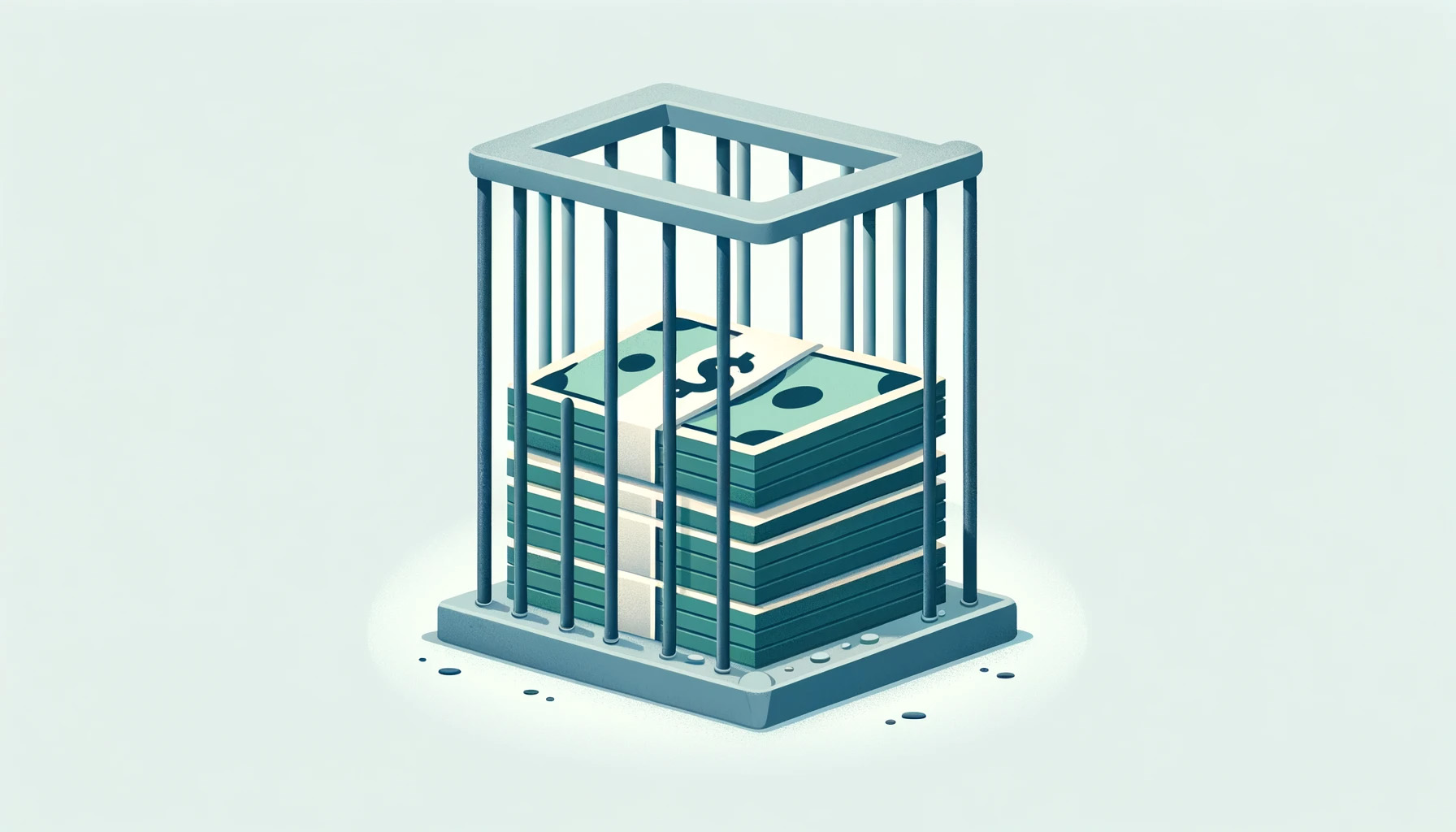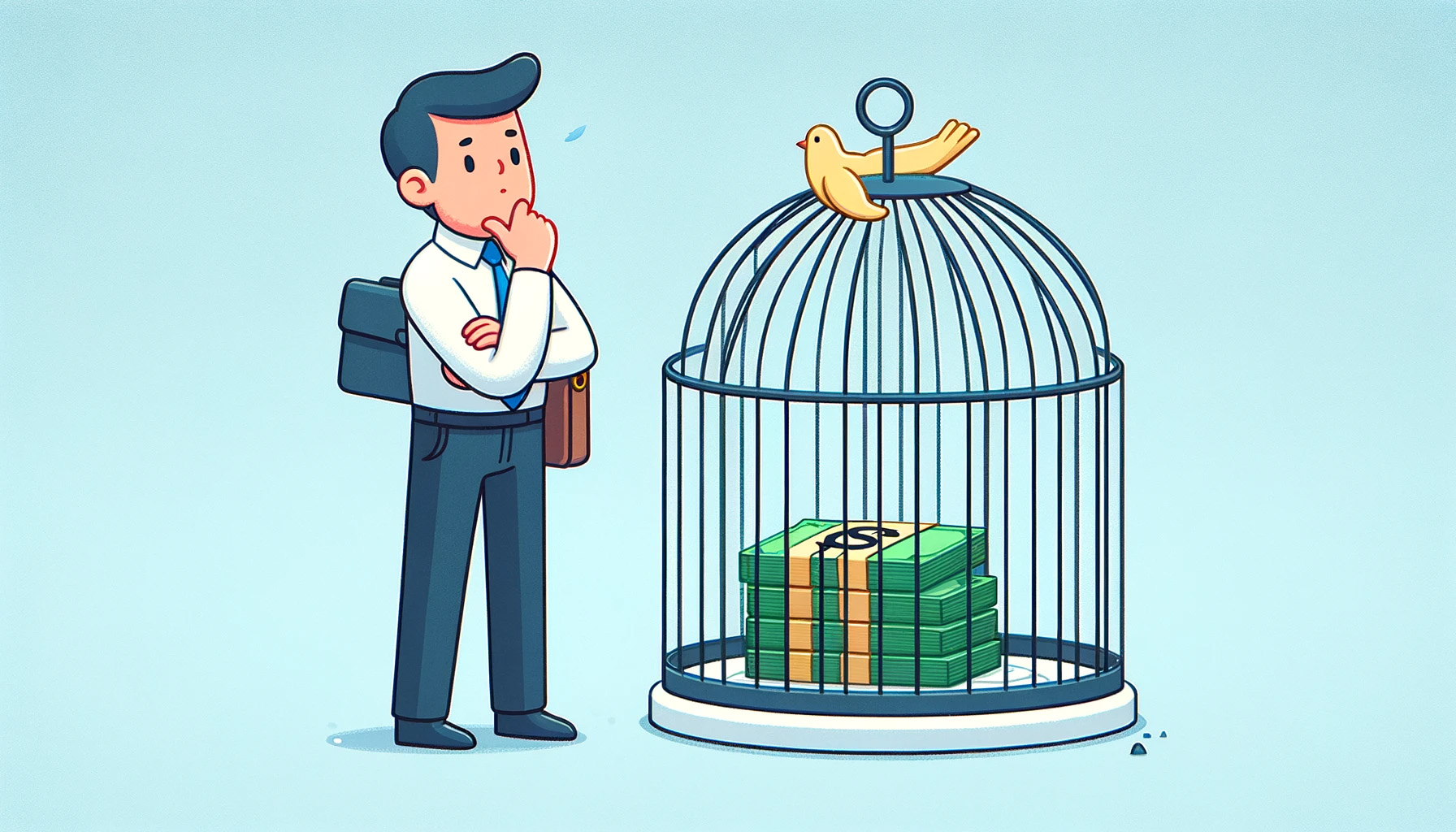
Stripe Reserves: Everything You Need to Know to Get Your Money Back
Jan 22, 2024 3 minutes
Picture this: you’re navigating the high seas of online transactions, where every credit card swipe and ACH payment is a step towards your empire of success. But wait, what’s this? An iceberg appears – Stripe reserves. A bit like those suspenseful moments in a thriller movie, except this is your bank account we’re talking about.
In payment processing, Stripe reserves are those hidden chambers of gold that you need to know about. Whether you’re a startup superhero, an e-commerce enigma, or a subscription sorcerer, understanding Stripe reserves is as crucial as your morning coffee.
Let’s turn those question marks into well-earned dollar signs, shall we? Welcome to the ultimate guide to Stripe reserves.

What’s the deal with Stripe reserves?
What are Stripe Reserves?
Reserved funds are a portion of your platform account balance temporarily held back by the payment processor. This practice is not unique to Stripe, but the way Stripe implements it might differ from other processors. Typically, a certain percentage of your money is held in reserve. This percentage isn’t set in stone and can vary based on several factors.
Stripe’s Approach Compared to Others
When talking about Stripe reserves, it’s essential to highlight how Stripe’s policy might differ from other payment processors. While the basic principle of holding back a portion of funds is consistent across the industry, Stripe’s criteria, percentage, and the duration of holding these funds can vary, offering a unique approach tailored to their payment processing ecosystem.
While reserved funds are a common practice in the payment processing world, Stripe’s implementation has its nuances. It’s tailored to its operational model, ensuring both customers and the platform are safeguarded.
The Percentage Game
The biggest FAQ often revolves around the percentage of money held in reserve. In Stripe’s case, this can vary. It’s not a one-size-fits-all percentage but is instead determined by various factors including the nature of your business, transaction history, and risk assessment. While it’s hard to pin down an exact number, understanding that this is a fluctuating aspect can help business owners plan their finances better.
Suffering from Stripe holds? Get better paymnet processing here.

But why?
Why Does Stripe Reserve Funds?
The world of payment processing is both dynamic and unpredictable. So let’s understand why Stripe, a leading payments platform, choses to reserve a portion of your account balance.
Safeguarding Against Refunds and Chargebacks
At the core of Stripe’s reserve policy is the need to protect against two common occurrences in business transactions: refunds and chargebacks.
When a customer requests a refund or initiates a chargeback, the funds to cover these come from your reserved pool rather than your immediate account balance. This method is Stripe’s way of ensuring that enough funds are always available to handle such situations without negatively impacting your operational finances.
Understanding Chargebacks
A chargeback occurs when a customer disputes a charge and the amount is forcibly returned to the cardholder’s bank account. Chargebacks can happen for various reasons, including unauthorized use of a credit card, dissatisfaction with a product or service, or unmet delivery expectations. They are a significant concern for payment processors like Stripe due to the financial risks and administrative burdens they pose.
High-Risk Factors Influencing Reserves
Stripe pays special attention to businesses with higher rates of chargebacks or those experiencing high fluctuations in sales. Such businesses are considered high-risk, prompting Stripe to implement reserves to mitigate potential financial losses. This strategy is a protective measure, ensuring that Stripe isn’t left footing the bill in case of customer refunds or disputes.
Reserves Are A Necessary Shield
In essence, Stripe’s reserve policy is a shield, guarding both the platform and its users against financial uncertainties. By maintaining a reserve pool, Stripe ensures that funds are always available to cover chargebacks and refunds, thereby maintaining a stable and reliable payment processing environment.

Will you suffer from reserves or be in the lucky few that don’t?
Does Stripe reserve funds for everyone?
Stripe financial services adopts a selective approach to its reserve policy. This means not every Stripe user is required to have a reserve. The decision to implement reserves is based on a range of factors that help Stripe assess the level of risk associated with a particular business.
Assessing the Risk
The primary criteria that Stripe considers include the business model, the nature of the transactions, and the history of chargebacks and refunds. High-risk businesses or those with a high refund rate are more likely to have reserves implemented on their Stripe accounts.
This is a precautionary measure by Stripe to safeguard against potential financial risks, such as negative balances that might arise from refunds or chargebacks.
A Tailored Approach
Stripe’s policy is not one-size-fits-all. Instead, it is tailored to each business’s unique profile. Businesses with stable and low-risk transaction histories might not see any reserve requirements.
Conversely, businesses that experience high fluctuations in sales or have a high chargeback rate might find themselves subject to reserve requirements. This selective policy ensures that Stripe’s financial ecosystem remains secure and balanced.
Understanding the Implications
For business owners, understanding Stripe’s selective reserve policy is crucial. Knowing whether your business falls into the category requiring reserves can help in better financial planning and management. It also underscores the importance of maintaining a healthy transaction history and a low chargeback rate to potentially avoid or reduce reserve requirements.
Proactive Financial Management
Businesses can benefit from proactively managing their transaction processes, customer satisfaction, and dispute resolutions to maintain a favorable standing with Stripe. This not only aids in avoiding reserves but also contributes to a healthier, more stable business model.
Stop letting Stripe steal your money. Get better processing now!

I want my money back!
How can I get my reserved funds back from Stripe?
Stripe reserves are not a permanent fixture; they’re a precautionary measure. However, reclaiming these funds is possible and shouldn’t be a source of frustration for business owners.
The Path to Reclaiming Funds
To begin reclaiming your reserved funds, you need to understand Stripe’s policy. The reserved funds are typically held for a few months, acting as a safety net for potential chargebacks or refunds.
As a business owner, you can request a partial payout from these reserves—you won’t be able to get the full amount back right away (or maybe ever). This request can be made periodically, depending on your business’s transaction history and risk profile. You should wait at least 30 business days for your first request. This way, you can provide transaction history for the past 60 days (with the reserve in place) to prove how reliant you are. Every month after, you can request another payout.
A Strategic Approach
While you won’t get 100% of your reserve back at once, since Stripe needs to keep some funds aside for safety, a strategic approach can help in gradually reducing the reserve amount. Demonstrating a stable transaction history with a low refund rate and minimal chargebacks can lead to a favorable reassessment of your reserve requirements.
Engaging with Stripe Support
If you’re looking to reclaim your reserved funds, engaging with Stripe support is a good starting point. Their team can provide insights into your specific situation and guide you through the process of requesting a reserve payout. Remember, communication is key – keeping an open line with Stripe can help you navigate the complexities of the reserve system more effectively.
Maintaining Financial Health
Finally, maintaining a healthy financial profile on your Stripe account is the most important things a Stripe business owner can do. This involves monitoring your available balance, ensuring your business model aligns with Stripe’s guidelines, and managing customer disputes proactively. A well-managed account increases your chances of successfully reclaiming your reserve balance.

Better payment processing is possible.
Mastering the Financial Tide with Stripe
it’s clear that understanding and managing these aspects of your Stripe account can greatly influence the financial health of your business. Navigating the complexities of reserved funds, chargebacks, and payout schedules might seem challenging at first, but with the right knowledge and approach, it becomes a manageable and integral part of your business’s success.
Remember, the key to mastering this domain lies in proactive management and clear communication. Keeping a close eye on your Stripe account balance, ensuring compliance with Stripe’s policies, and maintaining healthy financial practices will not only help you manage reserves effectively but also enhance your overall business operations.
Elevate Your Business
Ready to take your high-risk business to new heights? With DirectPayNet, you’re not just opening a merchant account; you’re unlocking a world of possibilities. Our expertise in dealing with high-risk businesses means you get more than just a payment processor – you get a partner who understands the unique challenges and opportunities of your business model.
DirectPayNet is your gateway to not just overcoming financial challenges but turning them into advantages. Start accepting all payments, from credit and debit to ACH and even local methods.




